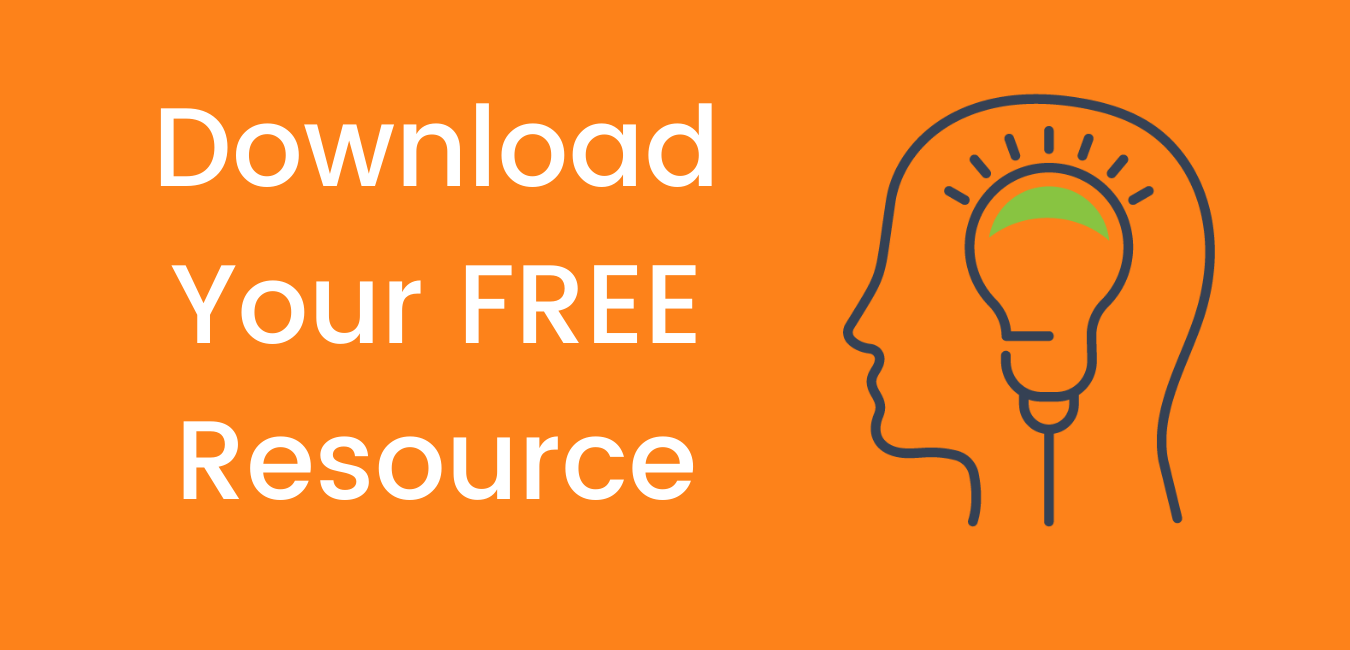FREE DOWNLOAD
The Ultimate Guide to Computational Thinking for Educators
Computational thinking is an approach to problem solving that involves critical thinking, creativity, and innovation in the digital sphere, as well as conceptual understanding in traditional subject areas. Focused as much on the process as the solution, the ability to navigate complex information and to think in a way that complements technological processes is essential to fostering future-ready students.
Packed with plugged and unplugged examples, this guide provides a foundational understanding of computational thinking.
FROM THE GUIDE –
"Through the computational thinking process, students learn to ask bold questions and persist through complexities toward yet-to-be imagined solutions."

 About Learning.com
About Learning.com
Founded in 1999, Learning.com provides educators with solutions to prepare students with critical digital skills. Our K-12 curriculum engages students as they learn keyboarding, online safety, applied productivity tools, computational thinking, coding and more.
Why Digital Literacy?
Digital literacy transforms students from technology users to digital problem-solvers, critical thinkers, and innovative designers.
Future readiness starts with foundational digital skills that enable students to become nimble, proficient, and digitally literate technology users.
With digital literacy, students learn to harness educational technology to lead their learning, demonstrate their knowledge, and solve real-world problems.
With distance and online learning, digital skills in computer science, digital citizenship and software use are essential to the success of students in a virtual environment.
Digital literacy promotes digital equity by helping to bridge the digital readiness gap and overcome the digital use divide in classrooms, whether in person or online.